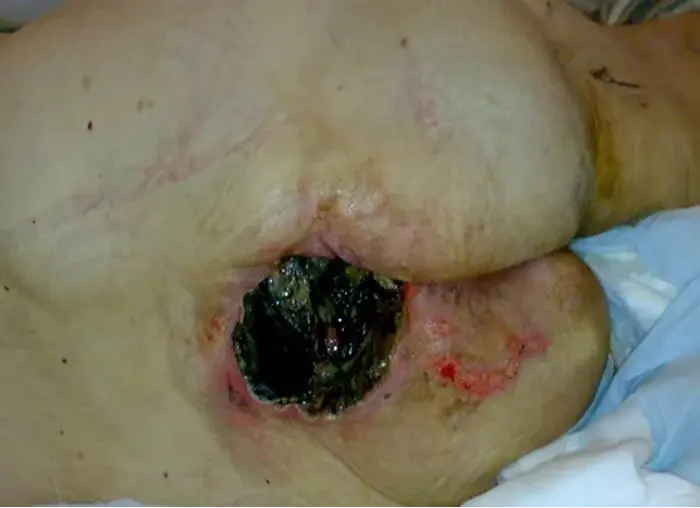What is... a Pressure Sore?
- Apex Experts

- May 21
- 3 min read
Updated: Aug 29
What is a Pressure Sore?
Pressure sores, also known as pressure ulcers or bedsores, are areas of damage to the skin and the tissue underneath. They are a significant yet preventable harm associated with inadequate patient care. These wounds, which form over bony prominences due to unrelieved pressure, remain a frequent concern in hospitals, care homes, and community settings.
Pressure ulcers are graded from Category 1 (non-blanching erythema) to Category 4 (full-thickness tissue loss). They can be extremely painful, debilitating, and in advanced cases lead to infection, sepsis, or death.
As preventable injuries, pressure sores frequently feature in medico-legal cases where standards of nursing care are called into question. In these scenarios, the insight of a Tissue Viability Nursing Expert becomes critical for understanding whether a breach of duty occurred, and whether that breach led to patient harm.
How Do Pressure Sores Develop?

Pressure sores develop when blood flow to skin and tissue is restricted by sustained pressure, shear, or friction. Over time, this lack of oxygen causes tissue breakdown and cell death.
Patients most at risk are those who are immobile, post-operative, frail, malnourished, or incontinent. Without regular repositioning, adequate skin inspections, and appropriate use of pressure-relieving equipment, tissue damage can occur in a matter of hours.
Other common high-risk pressure sore areas include the heels, hips and elbows.
When Do Pressure Sores Become a Legal Issue?
In the medico-legal world, pressure sores often represent an alleged failure in fundamental care. Claims may arise when:
Risk assessments (e.g. Waterlow Score) are not completed or acted upon
Repositioning schedules are missed or undocumented
Early signs of tissue damage are not escalated
Documentation of care is missing, vague, or inaccurate
Equipment (e.g. pressure-relieving mattresses) is not used appropriately or timely

Coroners, solicitors, and regulators frequently turn to an independent Tissue Viability Nursing expert witness to determine if the pressure sore was avoidable and whether the care provided fell below the expected standard as defined in Bolam v. Friern Hospital Management Committee (1957) and Bolitho v. City and Hackney Health Authority (1997).
The Role of a Tissue Viability Nursing Expert Witness
A Tissue Viability Nursing expert witness is a senior nurse who will provide impartial, objective, evidence-based analysis to determine if there is a breach of duty in the standard of care provided. Their responsibilities include:
Reviewing nursing records and wound charts
Evaluating whether pressure ulcer prevention protocols were followed
Assessing whether a sore could have been avoided
Clarifying timelines of deterioration and care delivery
Providing CPR Part 35-compliant reports and Court-ready evidence
Their expert opinions help establish whether a pressure injury resulted from substandard care, or whether the injury was unpreventable due to the patient's overall condition.
What Sets Apex Experts Apart in Pressure Sore Expert Witness Cases?
We are experienced in providing top-quality expert advice in pressure sore litigation.
We exclusively work with nursing professionals at the top of their field, who have first-hand clinical experience in Tissue Viability Nursing and pressure sore management and prevention. Our Tissue Viability Nursing expert witnesses are trained to deliver clear, objective and impartial expert advice that holds up under legal scrutiny.
For further information on our expert witness services, recruitment, or anything else, please contact us at info@apexexperts.co.uk or visit our contact us page to send us a message - we can't wait to hear from you!
